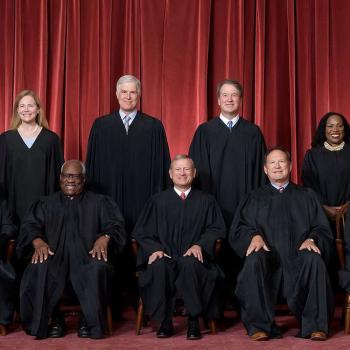The Liberal/Conservative dichotomy does not really explain where people are on the political spectrum. There are different kinds of conservatives and different kinds of liberals. This has been a theme of a number of our blog posts. But now the Pew Research Center has formulated a “political typology” that consists of nine different positions:
Staunch Conservatives take extremely conservative positions on nearly all issues – on the size and role of government, on economics, foreign policy, social issues and moral concerns. Most agree with the Tea Party and even more very strongly disapprove of Barack Obama’s job performance. A second core group of Republicans – Main Street Republicans – also is conservative, but less consistently so.
On the left, Solid Liberals express diametrically opposing views from the Staunch Conservatives on virtually every issue. While Solid Liberals are predominantly white, minorities make up greater shares of New Coalition Democrats – who include nearly equal numbers 0f whites, African Americans and Hispanics – and Hard-Pressed Democrats, who are about a third African American. Unlike Solid Liberals, both of these last two groups are highly religious and socially conservative. New Coalition Democrats are distinguished by their upbeat attitudes in the face of economic struggles.











